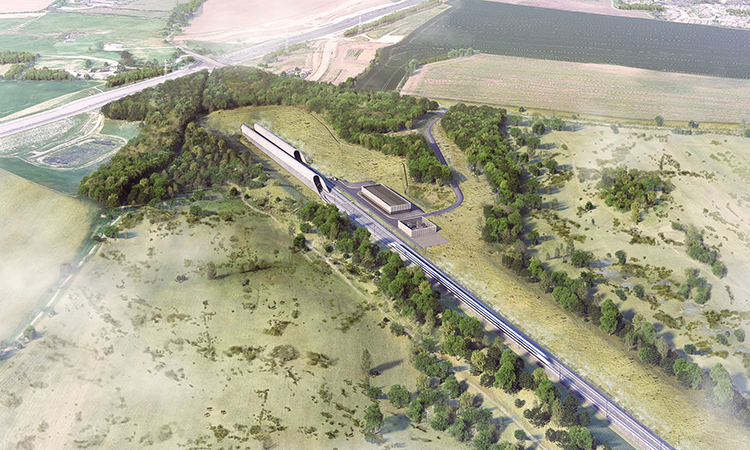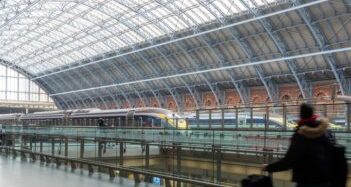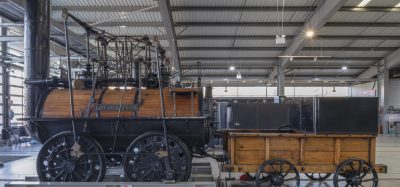HS2 provides update on tree planting and habitat creation achievements
Posted: 12 July 2021 | Global Railway Review | No comments yet
In total, HS2 will leave behind more than 33 square kilometres of new woodland, wildlife and river habitats along its West Midlands to London route.


Credit: HS2 Ltd - Chiltern Tunnel South Portal Aerial View.
As part of its extensive environmental programme, HS2 Ltd has announced that its contractors have now planted 700,000 trees and created over 100 wildlife sites along its route between the West Midlands and London. The wildlife sites represent a mix of different habitat types – including grassland, woodland, scrub and ponds – and are already havens for wildlife including birds, bats, barn owls, badgers, great crested newts, butterflies and dragonflies.
HS2 Ltd and its environmental contractors have designed tailored ecology plans that provide habitats for local wildlife and protected species, including new badger setts, bat houses, bird boxes, reptile banks and bug houses, along with wildflower seeding, aquatic habitat creation and the reintroduction of native flora to help local wildlife populations thrive.
Up to seven million trees will eventually be planted alongside the line from the West Midlands to London, and HS2 will leave behind more than 33km2 of new woodland, wildlife and river habitats – the equivalent of 23 new Hyde Parks lining the spine of the country.
In addition, HS2’s Woodland Fund has also allocated over £1.2 million as part of a grant scheme managed by the Forestry Commission, with 213,000 trees already planted, as well as 92 hectares of new woodland creation and 52 hectares of ancient woodland restoration.
For example, a project at Avon Wood in Warwickshire has created a diverse new 11 hectare woodland within three miles of the new railway. More than 18,000 new trees have been planted there, with 30 per cent of the woodland being oak and the rest mainly made up of hornbeam, alder, beech, lime, holly and birch.
HS2 continues to progress with potential new schemes to be supported through the Woodland Fund, which could eventually support an additional 440 hectares of new native woodland creation, as well as the restoration of 245 hectares of existing ancient woodland sites.
Mark Bailey, HS2 Ltd’s Head of Natural Environment, said: “HS2’s Green Corridor is the largest single environmental project in the UK, and these figures for tree planting and habitat creation demonstrate fantastic progress so far. We aim to leave behind habitats that can sustain healthy populations of UK flora and fauna, creating a network of bigger, better connected, climate resilient habitats and new green spaces for people to enjoy. These new sites across Phase One show how the project is already improving landscapes around the new railway, ensuring that HS2 protects the UK’s precious biodiversity.”
Richard Greenhous, Director of Forest Services at the Forestry Commission, said: “As administrators of the HS2 Woodland Fund, we recognise and welcome the opportunities that the HS2 Green Corridor brings to people, places and nature along its route. The activity supported by the Fund supports the reversal of habitat fragmentation, by creating native and extending ancient woodlands, and we will continue to work with HS2 and our Defra colleagues to ensure that the inevitable adverse impacts of the scheme will be more than counteracted by the legacy it creates. We therefore welcome these tree planting and habitat creation achievements as just the start of HS2 Ltd and landowners delivering this ambition.”
Every habitat site is designed specifically to support local biodiversity, to link up existing wildlife habitats and to create ecological networks which help to protect, maintain and enhance biodiversity and allow species to move through the landscape.
Related topics
Funding & Finance, High Speed Two (HS2), High-Speed Rail, Infrastructure Developments, Sustainability/Decarbonisation, Track Construction








